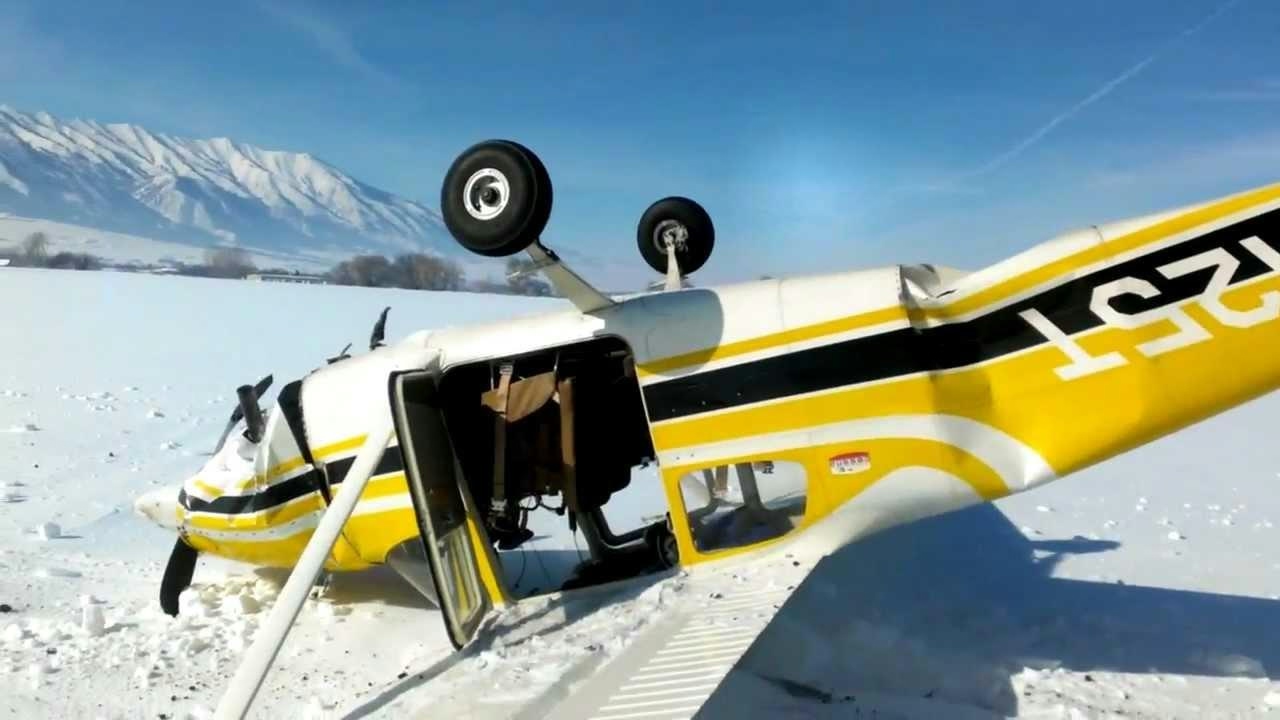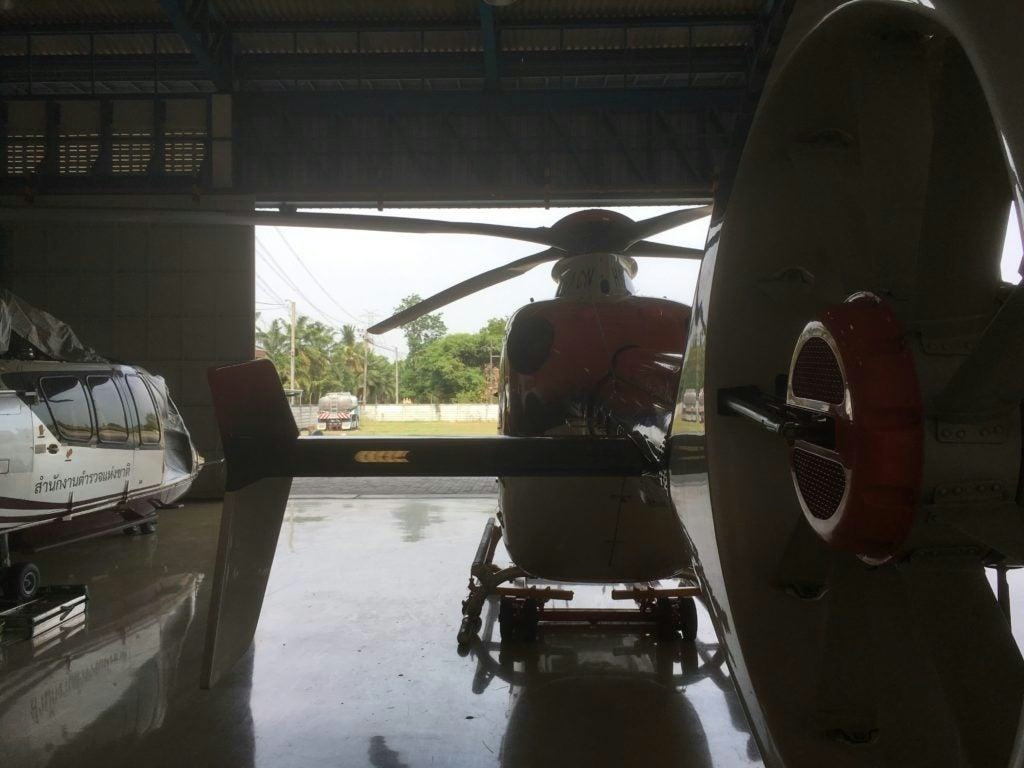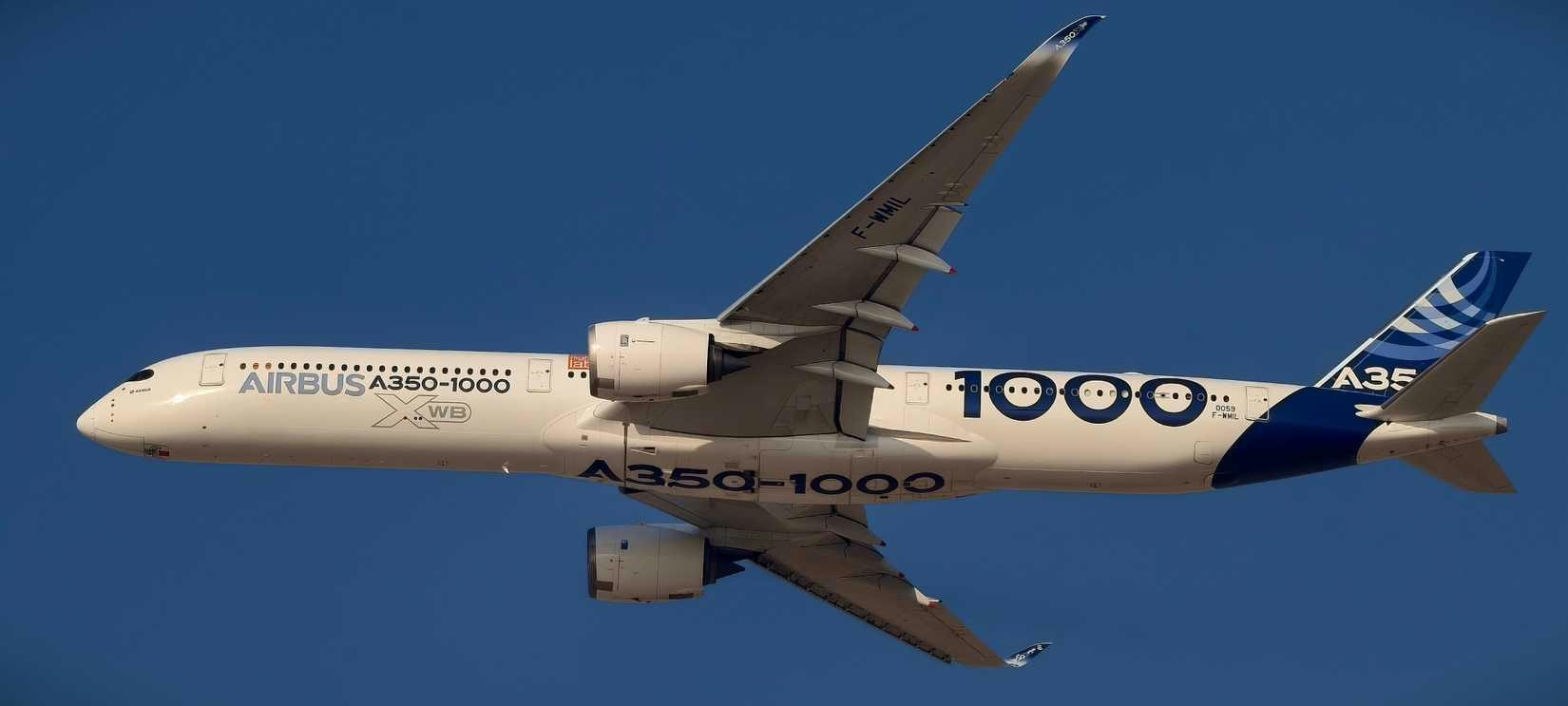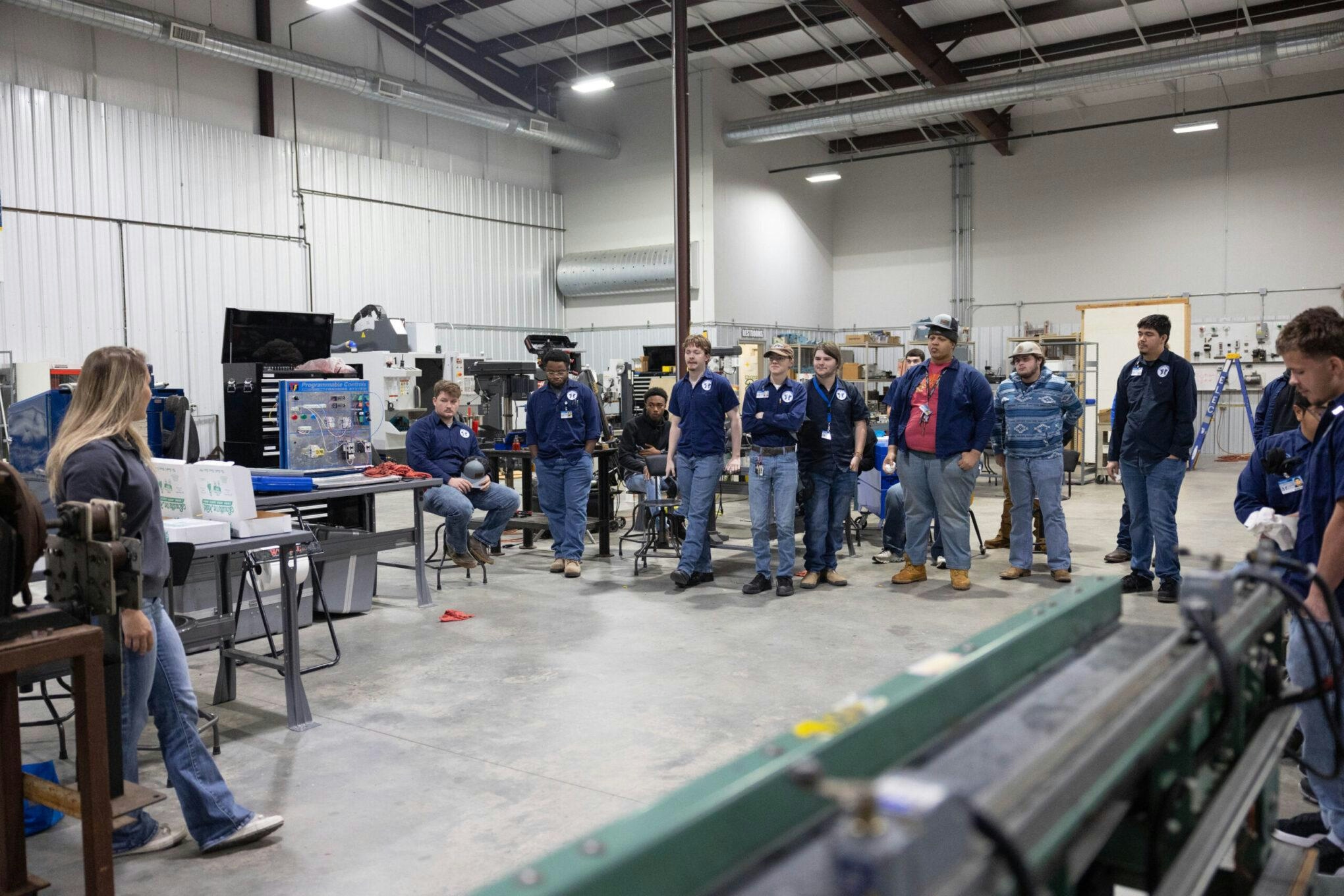
AeroGenie — Seu copiloto inteligente.
Tendências
Categories
Taylorcraft Aircraft Forced to Land Due to Carburetor Ice

Taylorcraft Aircraft Emergency Landing Attributed to Carburetor Ice
A Taylorcraft BC12-65 aircraft was compelled to execute an emergency landing near Columbia, Tennessee, following a sudden loss of engine power caused by carburetor ice, according to investigators’ findings.
Sequence of Events and Pilot Actions
The pilot reported conducting a comprehensive preflight inspection, confirming approximately 12 gallons of fuel onboard. The engine functioned normally for about 25 minutes during startup, taxi, and pre-takeoff procedures. Prior to takeoff, the pilot applied carburetor heat, noting the expected drop in engine rpm, and maintained the heat slightly longer than usual. Upon deactivating the carburetor heat, the engine rpm stabilized with no further changes, and the aircraft accelerated smoothly during the initial takeoff roll.
However, at an altitude of approximately 25 to 30 feet during the initial climb, the engine abruptly lost about 1,000 rpm. The pilot elected to perform an off-field landing, skillfully maneuvering to avoid a nearby hedgerow before touching down in tall grass. The aircraft sustained substantial damage, while the pilot incurred only minor injuries.
Post-Accident Examination and Weather Conditions
A post-accident inspection revealed that both the wing and main fuel tanks remained intact and contained clean fuel. The carburetor bowl held a small amount of particulate matter, though the inlet screen was clear. Manual rotation of the propeller confirmed compression and suction across all cylinders, with proper valve operation. Magnetos produced spark to all leads, and spark plugs exhibited normal coloration and wear. The carburetor, which had separated from the engine due to impact forces, retained cockpit controls, with the carburetor heat knob found in the “off” position. No pre-existing mechanical anomalies were identified in the fuel system or engine components.
Weather data at the time indicated a temperature of 48°F and a dew point of 35°F. These conditions fall within the “serious icing — cruise power” range on carburetor icing probability charts. The Federal Aviation Administration’s Special Airworthiness Information Bulletin (CE-09-35) cautions that carburetor icing can occur even at temperatures above freezing, particularly in environments with high humidity or visible moisture. This phenomenon results from rapid cooling within the carburetor caused by fuel vaporization and the Venturi effect. Carburetor icing typically manifests as a drop in engine rpm or roughness.
Investigation Findings and Industry Implications
The National Transportation Safety Board (NTSB) concluded that the probable cause of the incident was a partial loss of engine power due to carburetor ice, which led to the off-airport landing and significant damage to the aircraft.
This event underscores the persistent challenges in aviation safety related to in-flight mechanical issues such as carburetor icing. It may prompt heightened scrutiny of existing safety protocols and potentially influence regulatory measures aimed at preventing similar occurrences. Industry analysts note that such incidents can temporarily affect market confidence, with aviation company stock prices occasionally declining if broader operational risks are perceived. In response, competitors often highlight their own safety initiatives and public relations efforts to reassure customers of their commitment to operational reliability.

Investigators Examine Theory That Cockpit Sun Visor Caused Boeing 737 Engine Shutdown After Takeoff

Comparing the Fuselage Lengths of the Airbus A350-1000 and Boeing 787-10

Thailand Establishes U-Tapao Aircraft MRO Center Contract for January 2026

United Airlines Announces Routes for New Premium Boeing 787s

Boeing Introduces Remote Co-Pilot Technology

The Airbus A350-1000’s Fuel Efficiency Advantage Explained

McNally Capital Expands Aviation Operations to Support Global Tourism

Two Young Climbers Begin Winter Ascent of McKinley

Elroy Air’s Autonomous Chaparral Delivers Lunch on A-to-B Flight
